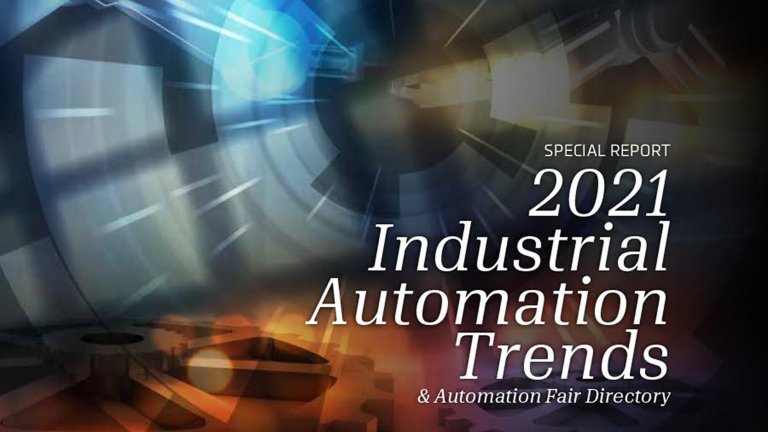“This is an area where we need some work,” AB-InBev's Tisdell said. “When you interview a person, you are looking for a certain profile. But if you bring in a new technology and a worker no longer fits the profile, how do you transform that worker?”
Emerging technologies provide some solutions. For example, more CPG companies are exploring augmented reality (AR) platforms to capture and share expertise — and effectively upskill workers.
In addition, the panelists anticipated that new roles will emerge. Specifically, data scientists focused on process optimization will become critical members of operations and maintenance teams.
From Concept to Reality
Both Ingles and Tisdell acknowledged their colleagues and companies are striving to move DX from proofs of concept (PoC) to genuine applications, even if they’re just micro-cases and micro-engagements in the beginning.
“For instance, when we work with a vendor, we’re starting with digital transformation end goals in mind, so we can build cases up to those levels,” explained Tisdell. “There’s not one group driving digital transformation, because it’s actually everywhere. Some or our organizations are excited about digital transformation, and we’re working with their functional areas on how they can use it to meet their individual challenges.
“AB-InBev uses a slew of capability models as part of its global management system, so we’re walking through those models with our coworkers, and looking at how digital transformation can solve them,” he continued. “Anyone can use digital transformation in their local setting, and then others can decide if what they’ve done is useful elsewhere based on their own capability models and drivers. This can go from idea, to model, to KPI, and then digital transformation turns into best practices that can be scaled up in any of our facilities.”
Kraft’s Ingles added, “We’re not just talking about digital transformation for improving machine vision or energy management. We also want to get our staff and leaders fully engaged because this is where the momentum has to start. And we’re not just talking about altering our culture. We’re talking about changing our capital expenditure (CapEx) models, too. Kraft Heinz has steering committees for each organization that needs to decide how they can use digital transformation and benefit from it.”
Building for the Future
For most companies, a successful digital implementation at one facility is just part of the equation. To reap the most value from any investment, solutions must be easily scaled and deployed across multiple sites.
“It goes back to infrastructure — and standards are part of that infrastructure,” shared Ingles. “If you’re applying standard solutions, scale-up in your plants becomes straightforward. But if your infrastructure is weak, digital will struggle.”
A well-managed data system is also a critical component of the infrastructure.
“The concept of the ’data lake’ is changing,” Tisdell elaborated. “Every system must include responsibility for the governance and quality of the data generated. So, by the time the data reaches the data lake, it’s already quality data that’s ready to be used.”
And with a well-managed data system, data sharing can be more strategic, too.
“Source the data once and use it multiple times,” Tisdell continued. “That’s how you get speed-to-market.”
Ingles conveyed that Kraft Heinz already has implemented Ethernet gateways in multiple process applications to pave the way for upcoming DX initiatives.
“We’ve got many disparate data sources and databases in the United States, so we have lots of traditional information. However, this is just the tip of the digital transformation iceberg we’re seeking to synergize,” noted Ingles. “We need more infrastructure to use data better. However, we also know that our IT and OT groups use different models, so they must come together in the same digital transformation environment and share and use each other’s data. This means breaking down barriers that have been in place for years.”
Likewise, Tisdell reported that AB-InBev is integrating its DX efforts with advanced process control (APC) implementations it already has in place.
“We’re also aware that OT and IT have to converge, but we’re also going to need sufficient cybersecurity to do so. We’ve already segmented out networks, but more virtualization will be needed, and IT can help bring it onto the OT side. Fortunately, our IT and OT organizations have a good relationship, so we’re confident we can continue putting in the right cybersecurity measures that will allow each side to share its data.”
DX and Sustainability
Tisdell and Ingles added DX will also allow them to achieve long-sought sustainability goals and profit from them.
“Kraft Heinz just announced its new sustainability initiative,” said Ingles. “We’re tracking our energy use and carbon footprint more closely, and bringing those capabilities to edge operations, not just at the site level, but down to the machine level.”
Tisdell added, “Sustainability will be the gift that keeps on giving, and digital transformation will allow us to achieve it. We’re connecting all of our energy environment and will have a SCADA solution that can view it all. This gift is the reason we need to build momentum for digital transformation.”
Like this article? Sign up for e-newsletters from The Journal From Rockwell Automation and Our PartnerNetwork and get articles like this delivered right to your inbox.
The Journal From Rockwell Automation and Our PartnerNetwork™ is published by Putman Media, Inc.



